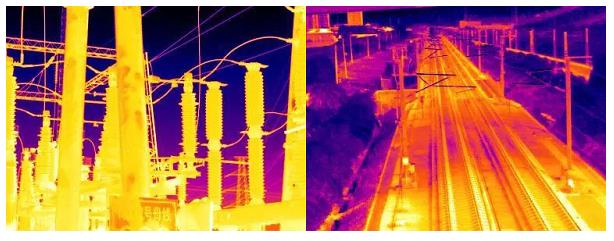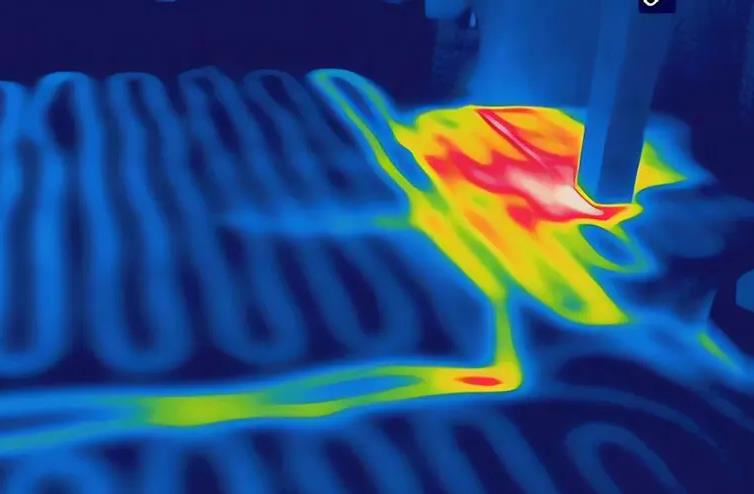Infrared thermal imaging night vision device is a device that realizes night observation by sensing the radiation energy emitted by external objects through detectors. So, can thermal imaging night vision device penetrate walls and achieve the effect of observing the room?

Before answering this question, we must first understand the principle of thermal imaging. Generally speaking, all objects in nature with a temperature higher than zero degrees (-273.15℃) radiate infrared rays at all times. The physical essence of infrared radiation is thermal radiation, which is also an electromagnetic wave. Infrared rays are emitted from the inside of matter, and the root cause of infrared rays is: the thermal motion of molecules inside the matter. Any object in nature will radiate infrared rays outward. It can be simply understood as "the amount of heat energy emitted by an object is related to the temperature of the object." Thermal imaging night vision device marks the temperature difference of the object by sensing the infrared thermal radiation ability emitted by the object. Infrared thermal imaging uses the infrared radiation characteristic image formed by the temperature difference or radiation difference between various objects or backgrounds or targets, and between various parts to discover, identify or highlight the target.

However, thermal imaging night vision device cannot penetrate walls. The reason is simple, because thermal imaging detects the temperature of the surface of natural objects outside. In our lives, the thickness of the wall is enough to block the infrared radiation on the other side. If you point the infrared thermal imager at the wall, it will detect the heat of the wall, and the heat behind the wall will be out of reach. However, if you want to observe the situation in the room, when something inside the wall causes a sufficient temperature difference, the thermal imager can also sense it on the surface of the wall. The premise is that something in the room has enough heat energy to conduct to the wall and cause a sufficient temperature difference in the wall, so the thermal imaging night vision device can identify it, but it still identifies the temperature change of the wall, and it is still impossible to see through the wall to see the room.
In summary, the thermal imaging night vision device uses the technology of sensing the ability of objects to emit thermal radiation, and the thickness of the wall is enough to block the infrared radiation on the other side, so the thermal imaging night vision device cannot penetrate the wall. Observing the indoor situation requires sufficient radiation from the heat source as a basis for identification.




